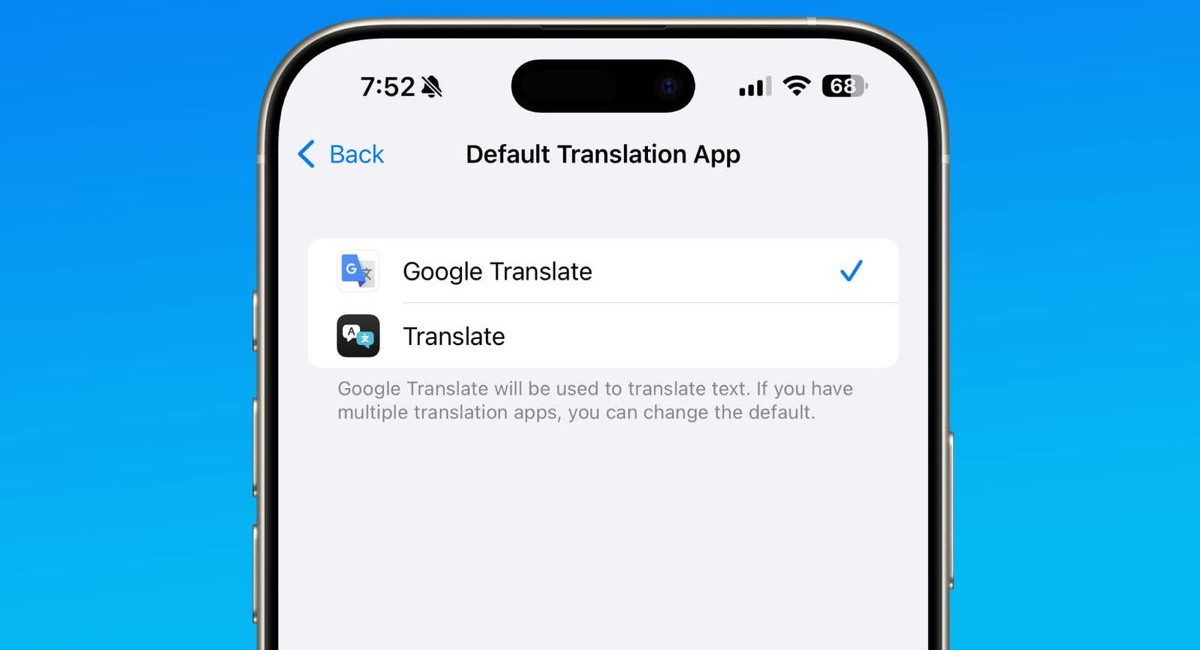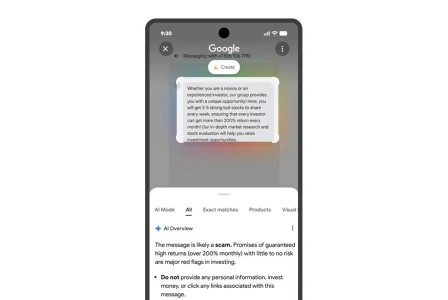SEARCH
Google Translate now supported as default Translation App on iOS

SHARE IT
Apple’s recent update to iOS has opened the door for third-party translation apps, with Google Translate now officially supported as a default translation app on iPhone and iPad devices running iOS 18.4 or later. This update marks a significant shift in how users interact with translation features on Apple devices, allowing for deeper integration of popular apps beyond Apple’s own built-in Translate app.
The new functionality was introduced in April with iOS 18.4, which expanded the ability to assign default apps across several categories including navigation, media playback, and translation. Until now, Apple users were limited to using the native Translate app for system-level translation requests such as those initiated through Siri or via text selection pop-ups. With the latest update, users can now choose Google Translate as their preferred app for these functions.
Setting Google Translate as the default translation app is straightforward. Users can navigate to Settings > Apps > Default Apps > Translation and select Google Translate from the list of available apps. This customization means that any translation requests triggered by system features will be routed through Google Translate, providing users with an alternative experience that may be preferred for its familiarity, accuracy, or additional features.
Apple’s decision to permit default translation apps is largely viewed as a response to increasing regulatory pressure, particularly from the European Union. The EU’s Digital Markets Act (DMA) mandates that major tech companies like Apple allow users more control over their devices, including the ability to change default applications for core functionalities. While this regulation specifically targets the European market, Apple has made the new default translation app setting available globally, signaling a broader shift in its approach to system-level customization.
Historically, Apple has been cautious in allowing third-party apps to replace its built-in system defaults. However, recent developments in iOS reflect a growing willingness to comply with legal requirements and adapt to regulatory scrutiny worldwide. By rolling out default app options for categories such as navigation, media playback, and translation internationally, Apple appears to be proactively addressing potential challenges and enhancing user choice across its ecosystem.
This update not only broadens user control but also highlights evolving dynamics between Apple and third-party developers, fostering a more open and competitive app environment on iOS devices.
MORE NEWS FOR YOU

 Help & Support
Help & Support 

